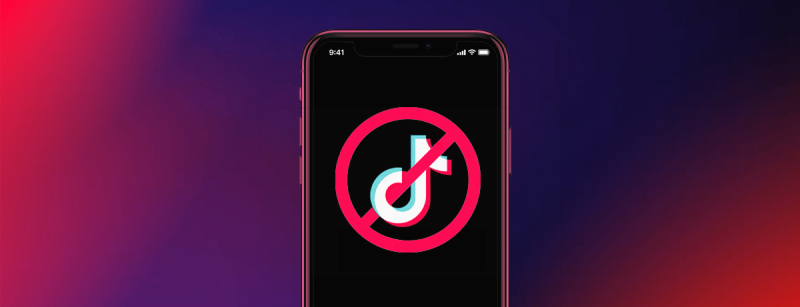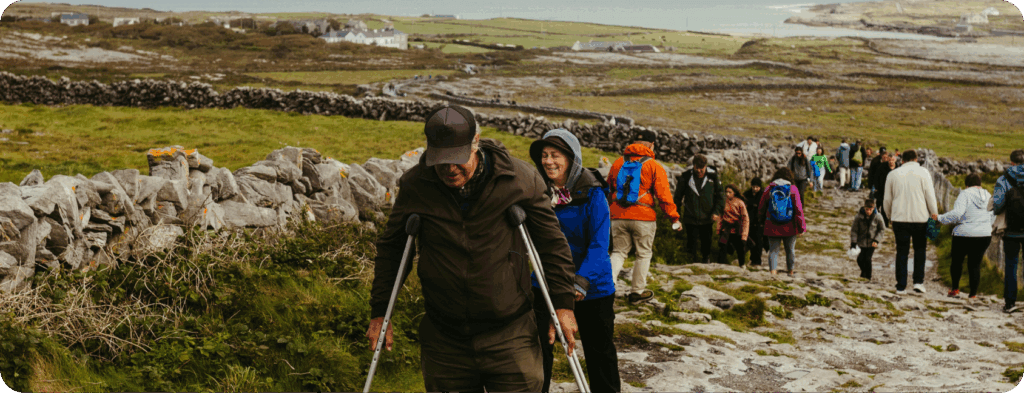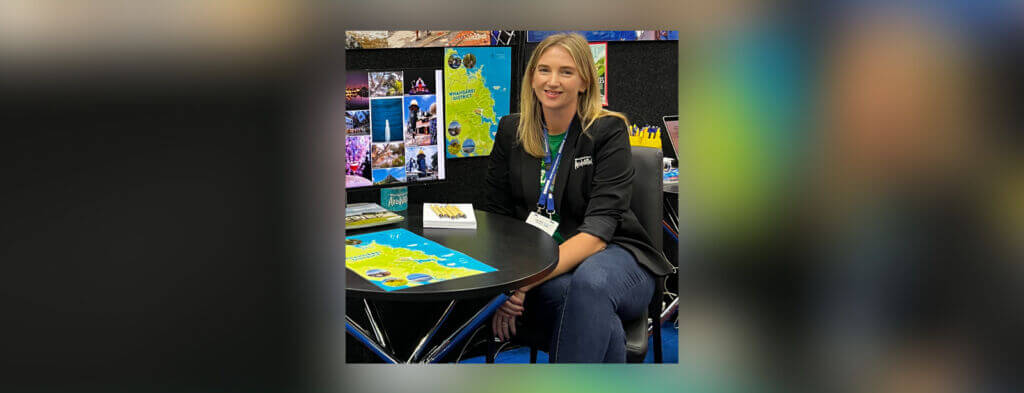
What you need to know about the TikTok ban in the U.S. as of September 22, 2025:
Timeline of U.S. TikTok ban
September 2025: The White House announces that it has extended the TikTok U.S. ban deadline to December 16th, 2025.
August 2025: The White House launches their own TikTok account, and The New York Times reports that President Trump is considering a possible extension (yes, again!) past the September 17th ban deadline.
July 2025: President Trump says that talks with China about a possible TikTok deal are starting the week of July 7th. Meanwhile, The Information reports that TikTok is building a new version of the app for U.S. users, though this has yet to be confirmed.
June 2025: The White House confirms that TikTok’s deadline has been extended by 90 days to September 17th.
May 2025: In an interview with NBC, President Trump mentions being willing to extend TikTok’s June 19th deadline.
April 2025: President Trump signs an executive order to delay TikTok’s ban for another 75 days.
February 2025: TikTok returns to app stores on Apple and Google after assurance from the U.S. government that they would not be fined for doing so.
January 2025: Reuters reported that the U.S. Supreme Court heard TikTok’s challenge to block the law, but as of January 17th, the U.S. Supreme Court has shut down this appeal — meaning that the app is indeed set to be banned on January 19th. Trump had also asked to delay the decision until he takes office a day later on January 20th.
The app stopped working for U.S. users the evening of January 18th, however 12 hours later, TikTok was back online. Trump has mentioned interest in the 90-day deadline extension to give more time to reach a long-term solution to keep the app. But in the meantime, Apple and Google are still not allowing any new downloads of TikTok in their app stores, to avoid possible legal implications of providing an app that is banned.
Winter 2024: There was a possibility that the bill could be temporarily blocked for a few years if TikTok challenged it in court — however on December 6th, 2024, TikTok’s bid to strike down the law was rejected by the U.S. Court of Appeals. At this point, TikTok’s options were limited to asking for their appeal to be reconsidered, for a one-time 90-day deadline extension, or trying to have the Supreme Court take the case.
Spring 2024: CNN first reported on April 24, 2024 that President Joe Biden signed a bill stating that TikTok would have until January 19th, 2025 to divest from the Chinese-owned company ByteDance, or face a full ban from app stores and websites in the U.S. As Al Jazeera reported in March 2024, “A sale in that amount of time is possible, but the timeline would be tight for such a large acquisition.” TikTok’s CEO Shou Chew also responded that TikTok will threaten legal action, citing potential First Amendment challenges.
Security Concerns, Sale, and Future Implications of TikTok ban
The administration and critics worry that TikTok could compromise U.S. data privacy due to strict Chinese privacy laws affecting ByteDance. TikTok has repeatedly denied claims that they share user data with the Chinese government.
There was a chance that the Chinese government could have blocked ByteDance from selling TikTok altogether, or allowed its forced sale but without its game-changing algorithm — but a day after the bill was signed, ByteDance said that they have no intention of selling the company.
No matter the outcome, this news could significantly alter TikTok’s operations in other countries, and influence other policies on foreign tech companies. For example, while the TikTok app is still available in Canada, The Financial Post reports that Canada banned TikTok from all government-issued devices in February 2023, and Ottawa ordered TikTok to shutter its Canadian offices in November 2024, citing national security risks.
What will happen to TikTok in the U.S.? What should I do to prepare for a ban?
As CNN reports, “The only truly permanent solutions to keep TikTok online appear to be: 1) pass a new law reversing the old one — no easy task, considering that the existing bill had such broad bipartisan support in Congress — or 2) force a sale to an acceptable buyer.”
While TikTok has repeatedly refused to sell their company, potential buyers are still putting in offers, from Frank McCourt to Kevin O’Leary — even Elon Musk may be in the mix, according to Wall Street Journal.
If you’re in the U.S., the TikTok app won’t suddenly disappear from your phone, but it will be removed from app stores and there will be no more new updates. This will make the app buggy, more vulnerable to hackers, and eventually unworkable. There may be ways around the ban like using a VPN to hide your location, but this is a foggy grey area.
There’s also a chance that this ban will be temporary — after all, its first iteration was already reversed within 12 hours! While the threat of a TikTok ban has come up numerous times over the past few years, this is the fastest and furthest it’s progressed through Congress. We have some recommendations below on what you can do to prepare — and remember: keep posting, as this story is still unfolding!
———
Even before this most recent bill, over 30 states have banned TikTok from state-issued devices. The restrictions are part of a growing movement to rein in the popular platform and, as a result, has cast the future of state tourism marketing on TikTok into uncertainty.
Social media has always evolved quickly and destination marketers are no strangers to adapting to ongoing changes. While many DMOs have only just started to get the hang of marketing their destination on TikTok, it seems like it may be over before it even really got started.
In a survey of 950 CrowdRiff customers, 42% have a destination TikTok account. Just 17% of those active accounts post at least weekly. Compared to widespread activities on Instagram, it’s clear that DMOs are only just starting to scratch the surface of the marketing possibilities of TikTok.
The app might be under scrutiny, but there are still ways for affected travel brands to harness the power of TikTok and the popularity of the short-form video format. Here’s what you need to know about the TikTok ban:
TikTok bans are gaining momentum
The pressure driving the ban stems from security and privacy concerns. There have been rumbles of a TikTok ban since 2020, but towards the end of 2022 state lawmakers started to take more decisive action.
The list of banned states includes states such as Alabama, Georgia, Idaho, New Hampshire, North Dakota, Utah, Texas, Maryland, Montana, South Dakota, South Carolina, Nebraska, Iowa, Oklahoma, Tennessee, and Virginia — and could include the entire country.
This flurry of action against TikTok has wide and varied impacts for DMOs. For some, the ban could mean that other state tourism agencies may need to delete their TikTok accounts to comply with state executive orders.
What TikTok restrictions and bans mean for tourism marketing

In locations where TikTok has been banned, tourism offices are cutting back on the time and budget invested in TikTok, if they haven’t already exited the platform.
South Dakota deleted their account with 61,200 followers. Others are redirecting budgets. And for DMOs that don’t already have a channel, the ban seems like a strong deterrent to starting one.
But given the heft of the short-form video platform, it’s worth weighing up how to balance marketing potential with the restrictions.
Here are a few key stats:
TikTok has surpassed Google and Facebook as the world’s most popular web domain
The juggernaut media platform has been downloaded more than 3 billion times worldwide
According to statistics from Insider Intelligence, TikTok eclipsed every other major social media platform in time spent by adult users in the US in 2022
TikTok saw an average watch time of 45.8 minutes per day — the second closest, YouTube, came in at 45.6 minutes per day
So, where does this leave DMOs in affected locations? Whether this means travel brands need to remove their accounts remains to be seen. You could continue to publish content to your TikTok account until there are clearer directives.
Whether in an affected location or not, the bans probably mean you’re reassessing how much content you should create. If this is the case, we have some tips:
- Continue posting on your travel brand’s TikTok account
- Review any creator/brand partnership contracts you have and update them accordingly with a backup plan or compensation adjustments should TikTok become unavailable
- Save all your TikTok videos without watermarks (which you should be doing anyway! 😉) — tap the three-dot settings on a TikTok video + “save video,” or you can bulk download with third-party software like Repurpose IO or the myFaveTT Chrome extension
- Repurpose your content
- Redirect your focus to other social media channels — claim your username on Instagram Reels, YouTube Shorts, Threads, and Bluesky just in case!
Where budget allows, continuing to invest in producing content is a smart move. The beauty of TikTok’s sweeping influence is that user expectations have changed across platforms. Vertical videos are becoming a core element of search behavior and social media consumption. If a ban does eventuate in your location, you can easily repurpose existing content designed for TikTok on other channels.
TikTok isn’t the only place where short-form video thrives
Video content you have already, or have in the pipeline, is still relevant to your social media strategy regardless of whether you can publish it to TikTok. Short-form videos can be used across multiple social channels, websites, and search results such as Instagram Reels, YouTube Shorts, and Google.
Major social media platforms are embracing short-form video, as giants Google and Meta look to compete with the attention-grabbing TikTok. YouTube Shorts first launched in India in 2020, after the country permanently banned TikTok. After being rolled out globally in July 2021, Youtube Shorts now gets more than 30 billion daily views, according to data from the company.
Meanwhile, Instagram introduced Reels in 2020. By the end of that year, 87% of Gen Z TikTok users agreed that Reels are “basically the same as TikTok.”
So, while TikTok may be the instigator of the short-form video trend, it is by no means the only place people look to watch video media.
Even if the TikTok ban puts an end to state tourism marketing on TikTok, innovations like Instagram Reels and YouTube Shorts will continue to play a role in connecting and inspiring travelers online.
As for creating all the short-form video content you need to keep your audience engaged – we’ve got just the thing.
CrowdRiff Creators helps travel brands scale their short-form video output by handling everything from sourcing, onboarding, managing, and compensating creators. And instead of big-name influencers, we work with locals who truly know your destination which makes travelers trust their work.
Also, we deliver the short-form video assets in a way that lets you repurpose them on channels like Reels, TikTok, YouTube Shorts so you can reach even more travelers. If you want to learn more, check out our eBook for everything you need to know.
Trend Tracker
From memes to music, our monthly newsletter brings the latest social trends, tips, and marketing inspo straight to your inbox!











